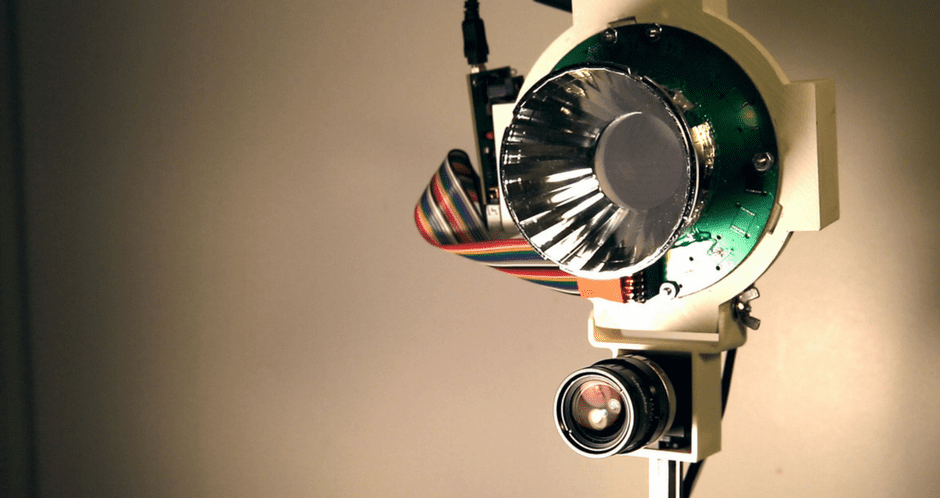
A potential medical breakthrough has been made in the detection of Alzheimer’s disease, where an eye test could see patients diagnosed and treated up to 20 years before they show any symptoms of dementia.
A new $250 000 hyperspectral camera, the first of it’s kind in Australia, has be purchased by Macquarie University in New South Wales.
The way it works is that the machine scans the eyes for the beta-amyloid protein in the brain. This particular protein, in high levels, is common amongst those who are likely to develop Alzheimer’s disease.
It is said that approximately 30 percent of people over the age of 60 will have amyloid levels which indicate that they may develop of Alzheimer’s disease.
This new technology could potentially be a much more simple and cost effective test for patients – current screening includes multiple doctors visits, brain scans and analysis and spinal cord fluid testing. All of which are individually very costly.
Or better yet, this eye test can happen years before symptoms appear, so people won’t have to wait for physical tell tale signs before getting diagnosed.
Researchers at Macquarie University, led by Alzheimer’s expert Professor Ralph Martins, plan on using the scanner in a trial of 200 men across the country. The trials will predominantly be held at Macquarie University’s MQ Health in Sydney and at Edith Cowan University in Perth.
During this trial, researchers aim to lower the amount of beta-amyloid protein with doses of testosterone. The testosterone will be combined with fish oil and curcumin in an attempt to increase the effectiveness.
What this new scanning technology brings is hope that early treatment for those with the pre-cursors may make a difference later in life.
Should this testing be successful and become a viable option, it could help research with finding treatments to delay the onset of Alzheimer’s. If it were possible to delay the onset by five years, then that would reduce the prevalence of dementia by 30%.